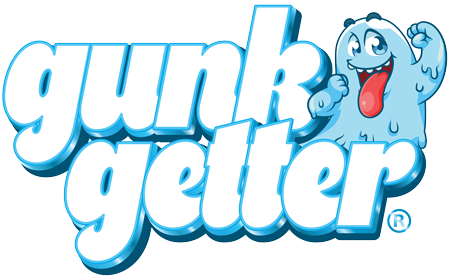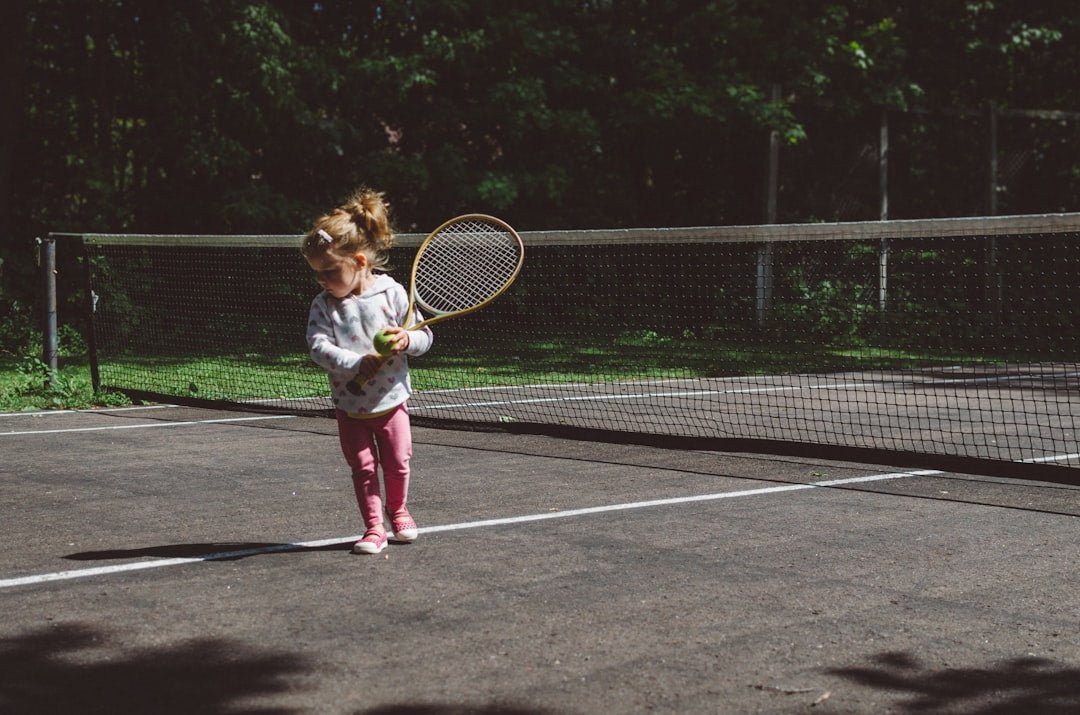Keeping a clean home can be a daunting task for parents, especially when it comes to incorporating children into your cleaning routine. However, establishing child-friendly cleaning practices not only makes the process enjoyable but also teaches kids valuable life skills. In this article, we’ll explore creative, safe, and effective cleaning methods that both you and your children can embrace together!
Why Child-Friendly Cleaning Practices Matter
Have you ever noticed how kids naturally gravitate toward activities that require hands-on engagement? Cleaning can be transformed into a joyful experience rather than a chore that needs to be checked off the list. Establishing child-friendly practices ensures:
- Safety: Children can participate without being exposed to harsh chemicals.
- Engagement: Kids learn to take pride in their living environment.
- Skill Building: Cleaning fosters responsibility and teamwork.
Creating a Child-Friendly Cleaning Environment
1. Select Safe Cleaning Supplies
One of the fundamental steps in making cleaning child-friendly is choosing non-toxic, safe cleaning supplies. This ensures that any accidental ingestion or skin contact won’t lead to adverse effects. Opt for natural ingredients like vinegar, baking soda, and essential oils for your DIY cleaning solutions. Kids can help mix these ingredients, turning cleaning into a fun science experiment!
2. Establish a Cleaning Routine
Routine is crucial for children. Establishing a regular cleaning schedule teaches them responsibility and helps prevent clutter from building up. Create a chore chart or a schedule displaying specific tasks your children can handle. Tailor tasks to their age and abilities to encourage participation without overwhelming them.
Fun Activities for Little Helpers
Who said cleaning has to be boring? Here are some awesome activities that will help you engage your little ones:
1. Cleaning Dance Party
Turn up the music and have a cleaning dance party! Give your kids designated areas to clean while they groove to their favorite tunes. This not only makes cleaning enjoyable, but the upbeat atmosphere encourages enthusiasm and collaboration.
2. Scavenger Hunt for Clutter
Transform cleaning into a playful game by organizing a scavenger hunt for hidden toys and misplaced items. Create a checklist of objects they need to find and reward them with small incentives or simple praise once they collect everything. Making it a competition can also spark excitement!
3. Color-Coded Cleaning
Assign each child a color and match cleaning tools, such as sponges, rags, or buckets, to that color. This visual connection helps kids engage with the cleaning tools and reinforces the idea that each child is responsible for a designated part of the house.
Encouraging Responsibility Through Cleaning
1. Age-Appropriate Tasks
When assigning cleaning tasks, it’s essential to ensure they’re age-appropriate. Here is a simple breakdown:
- Toddlers (Ages 2-4): Simple activities like putting away toys, wiping surfaces with a damp cloth, or organizing books.
- Preschool (Ages 4-5): Dusting low furniture, sorting clothes, and making their bed.
- Early Elementary (Ages 6-8): Vacuuming, sweeping, and helping with laundry.
- Older Kids (Ages 9 and up): Mopping, cleaning bathrooms, and taking out the trash.
2. Celebrate Achievements
After completing cleaning activities together, take the time to celebrate achievements—no matter how small. This can be as simple as verbal praise, a sticker reward, or a family treat. Celebrating efforts reinforces positive behavior and encourages children to participate in future cleaning tasks.
Making Cleaning Educational
Cleaning isn’t just about tidying up; it can also be an excellent learning opportunity. Here are some ways to incorporate educational elements into cleaning practice.
1. Teach Basic Math Skills
While sorting and organizing, involve your kids in basic math skills by counting items and sorting them by size, shape, or color. These fun learning moments seamlessly integrate academic skills into everyday tasks.
2. Science Experimentation
Explain how certain cleaning agents work and invite them to explore the scientific principles behind it. For example, when using vinegar and baking soda, demonstrate the chemical reaction in a separate bowl while discussing why it’s effective for cleaning. This sparks interest and curiosity!
Incorporating Green Cleaning Practices
Teaching children about environmentally friendly cleaning methods integrates a sense of responsibility toward the planet. Show them how to use reusable cloths instead of paper towels, or explain the significance of recycling bottles used for storing homemade cleaning solutions. They’ll learn that being responsible doesn’t just apply to their room; it also extends to the world around them!
1. Making Eco-Friendly Cleaners
Invite your children into the kitchen to make DIY cleaning products. Together, mix vinegar, water, and a few drops of their favorite essential oil to create a fragrant and effective all-purpose cleaner. Not only does this promote eco-friendliness, but it also makes them feel like true cleaning champions!
2. Emphasizing the Importance of Reducing Waste
During the cleaning process, encourage reducing waste by using reusable items. Show them how to repurpose old t-shirts as cleaning rags or collect items for donation. This instills values of sustainability and generosity as they reflect on what it means to take care of their space and the environment.
Keeping it Safe and Fun
While cleaning can become an engaging and fun family activity, it’s essential to maintain safety at all times. Here are some guidelines:
1. Supervision is Key
Always supervise children during cleaning tasks, especially when using cleaning products or handling equipment. While non-toxic supplies are a great choice, it’s still important to teach them the potential dangers so they can make safe choices as they grow older.
2. Create a Cleaning Station
Designate a clean area in your home for all cleaning supplies, ensuring that children understand it’s off-limits without adult supervision. This helps create boundaries and instills respect for cleaning products.
Lifelong Cleaning Habits Start Early
As parents, we want to equip our children with the skills they need for a successful future. Integrating child-friendly cleaning practices not only builds valuable habits but strengthens your family bond. Cleaning can transform from a mundane task into a fun, educational experience. This way, you cultivate not only a clean home but also a family that values work, collaboration, and sustainability.
By involving children in the cleaning process, you’re instilling a sense of responsibility and achievement within them. As they grow and develop, your collaborative cleaning sessions will create lasting memories and teach them how to maintain a clean and organized space on their own. The journey towards a cleaner home can be an engaging and unifying family adventure! So, roll up your sleeves, invite your little helpers, and get started on your next big clean!
Explore the Shopify store of a user by clicking here. Keep in mind that this is a promotional link, and we are not responsible for the content on the linked store.


Share:
Mastering Organization: Your Ultimate Guide to Cleaning Supplies
The Hidden Power of Cleaning: A Key Player in Home Safety